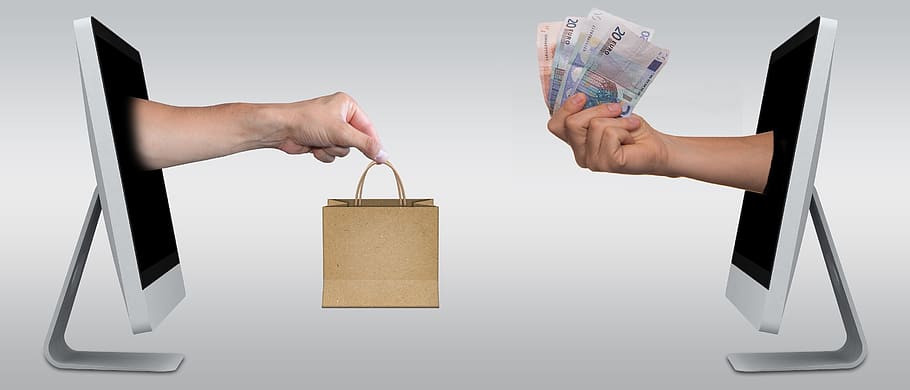
FAQ About Recommerce
What is the future outlook for recommerce?
Increasing Demand for Sustainability: As environmental concerns and sustainability awareness continue to grow, the demand for sustainable consumption practices, including recommerce, is expected to rise. Consumers are becoming more conscious of the impact of their buying decisions on the environment and are seeking alternatives to traditional retail that align with their values.
Circular Economy Initiatives: Governments, organizations, and industry leaders are increasingly recognizing the importance of transitioning to a circular economy. Recommerce plays a vital role in the circular economy by extending the lifecycle of products and reducing waste. As circular economy initiatives gain momentum, recommerce is likely to receive further support and recognition.
Advancements in Technology: Technological advancements, such as improved e-commerce platforms, mobile applications, and data analytics, are enhancing the recommerce experience for both buyers and sellers. These innovations enable more efficient product listings, streamlined transactions, enhanced search capabilities, and personalized recommendations, thereby driving the growth of recommerce.
Integration of Artificial Intelligence (AI): AI technologies, including machine learning and natural language processing, are being leveraged in recommerce platforms to improve the accuracy of product descriptions, optimize pricing, and enhance customer experiences. AI-powered chatbots and virtual assistants are also becoming more common, providing personalized recommendations and support to users.
Expansion into New Product Categories: While recommerce initially gained traction in the fashion industry, it is expanding into other product categories such as electronics, home goods, and furniture. This expansion allows recommerce to reach a broader range of consumers and cater to their diverse needs and preferences.
Collaboration with Traditional Retailers: Traditional retailers are recognizing the potential of recommerce and incorporating it into their business models. Some retailers are launching their own recommerce platforms or partnering with existing recommerce businesses to provide customers with options for buying and selling pre-owned products. This collaboration between traditional retail and recommerce is likely to further drive its growth and acceptance.
Integration of Sustainability Metrics: To meet the growing demand for transparency and sustainability, recommerce platforms are incorporating sustainability metrics and certifications. This includes tracking and communicating the environmental impact of recommerce transactions, such as carbon emissions saved, water saved, or waste diverted from landfills. These metrics can help consumers make informed choices and reinforce the sustainability aspect of recommerce.
Global Expansion: Recommerce is not limited to specific geographic regions, and its potential for growth is not restricted to any particular market. As consumer awareness and interest in recommerce continue to spread globally, the industry is expected to expand into new markets and reach a wider audience.
